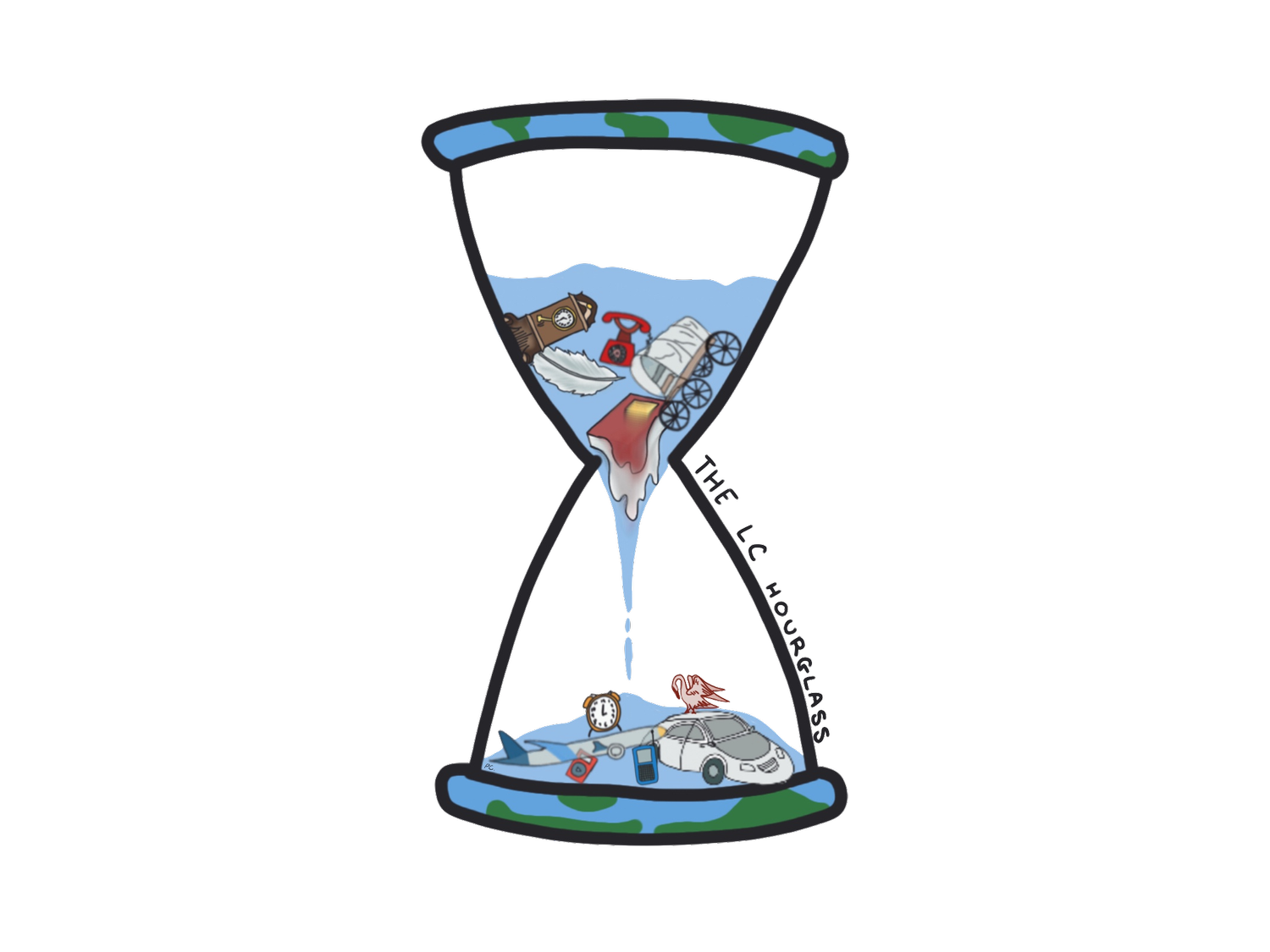Study of Historiography Surrounding An Gorta Mór (The Irish Potato Famine) and Its Subsequent Misconceptions
By Tiger Song
Tiger Song
In front of Dublin’s tourist office, not far from the famous tourist destinations of Grafton Street and Trinity College, stands the bronze statue of Molly Malone. According to local folklore, Molly was a working-class girl who sold Mussels during the day and a prostitute at night. Built in 1988, the statue of Malone was created to commemorate the immense sacrifice and devastation that An Gorta Mor, a famine caused by crop failure between 1845 and 1852, held on the locals of both Dublin and Ireland.
Malone’s fame is not unparalleled by other famous statues that lay around the “emerald jewel”- monuments such as the Galway Famine Ship Memorial in the western part of the island are also indicative of this fact. Through an extensive history of recording, it is clear that Irish governments (both the Republic of Ireland and the UK’s Northern Ireland) as well as academic scholars have established clear wills of remembering and spreading the legacy of the devastating 19th-century famine. The true cause of the famine, however, is often disputed amongst governments and scholars alike.
Immediately following the famine, ardent Irish nationalists attempted to use the devastation caused by the blight to argue for Irish independence from the United Kingdom. In doing so, they place the onus of the blight on the British government’s attempted genocide against the Irish people. Many scholars have termed this historically prevalent comprehension of the famine as the “nationalist” theory. However, upon the historiographical study of writings regarding the famine, several issues quickly developed that discredit this popular theory. This article, thus, attempts to cast doubt on the veracity of historical recounts portraying the “nationalist theory” in the Irish Potato Famine through the combination of a study of historiographical biases and recent research regarding the topic.
During a time of prevailing nationalist sentiment around Europe, it may come as no surprise that one of the first pieces of historical writing surrounding the Irish famine was a nationalistic one. In 1860, Irish writer and journalist John Mitchel attempted to interpret the famine through his 220-page oration The Last Conquest of Ireland (Perhaps.) Mitchel describes that despite the self-sufficiency of Ireland, London had forced the Irish to export grains to the English mainland, thus causing a significant lack of food on an originally abundant island. As a result, Mitchel argued, the onus of blame for the famine was the British government. To illustrate this point, Michel wrote perhaps the most famous phrase in Famine literature:
“[T]he almighty, indeed, sent the potato blight, but the English created the famine.”
Mitchel, in agreement with both nationalistic and non-nationalistic historians, has been correct in the case of British inaction during the famine. He, and indeed the majority of “nationalist” interpretations of the Irish potato famine, however, have failed to successfully categorize the motivation behind British inaction in Ireland. Indeed, Mitchel describes the potato famine as a “deliberate genocide” by the British government to curb the growing Irish population based on Malthusian ideology. While plausible, recent studies have demonstrated the veracity in an alternate view. Indeed, Jim Dollney of BBC news argues that the British government did not attempt a direct form of genocide, yet simply continued with its lassie-faire enlightenment economic model. During the 19th century, the prevalent Whig party in London had effectively coerced British politics to be one of non-intervention, and, as Dollney explains, parliament over the Irish Sea had decided that wide-scale reparations and help to the Irish would be fundamentally incorrect under the current economic model. Thus, only about 7 million pounds were spent to help the Irish potato famine, a meager amount compared to the government’s expeditionary expenditures. Although British governmental institutions were reluctant to give help to the Irish, their fundamental ideology was based on enlightenment economics instead of ethnic genocide, thus depleting the “nationalist” theory of An Gorta Mor.
Despite the plethora of resources to deplete this theory, the nationalist attempt at explaining the Irish potato famine sees implementations to this day. In 2023, a group of British historians from the University of Nottingham condemned a BBC documentary on the Irish Potato Famine for its evocations of a British genocide against the Irish populous.
Without a doubt, An Gorta Mor will be remembered as one of the most treacherous famines in human history, resulting in the deaths of 24% of the Irish population and a significant emigration crisis that has not healed to the present day. While British governmental inaction was a significant factor in the deaths and suffering during the famine, it is important to remember the influence of prevalent laissez-faire politics in Britain during the mid-1800s. Nonetheless, the continued effect of the “nationalist theory” to this day shows how many parts of history are based on biases and simple legacy instead of an analysis of the truth in the situation.
Works Cited
Duffy, Peter. The Killing of Major Denis Mahon : A Mystery of Old Ireland. New York : HarperCollins, 2007. http://archive.org/details/killingofmajorde0000duff.
Hugh F. Kearney. “The Great Famine: Legend and Reality.” An Irish Quarterly Review 46, no. 182 (1957): 184–92.
John Mitchel. The Last Conquest of Ireland (Perhaps). 1st ed. London: R & T Washbourne Ltd., 1861.
The Irish Times. “BBC Documentary’s Irish Famine ‘Extermination’ Claim ‘Astonishingly Irresponsible’, Historians Argue.” Accessed May 14, 2024. https://www.irishtimes.com/history/2023/01/04/bbc-documentarys-famine-extermination-claim-irresponsible-historians-argue/.
“Who Was Molly Malone? - ShanOre Irish Jewlery.” Accessed May 14, 2024. https://www.shanore.com/blog/who-was-molly-malone/.
xplore. “Celia Griffin Memorial Park & Famine Ship Memorial.” Accessed May 14, 2024. https://xploreapp.io/galway/attraction/celia-griffin-memorial-park-and-famine-ship-memorial-zcifd.
